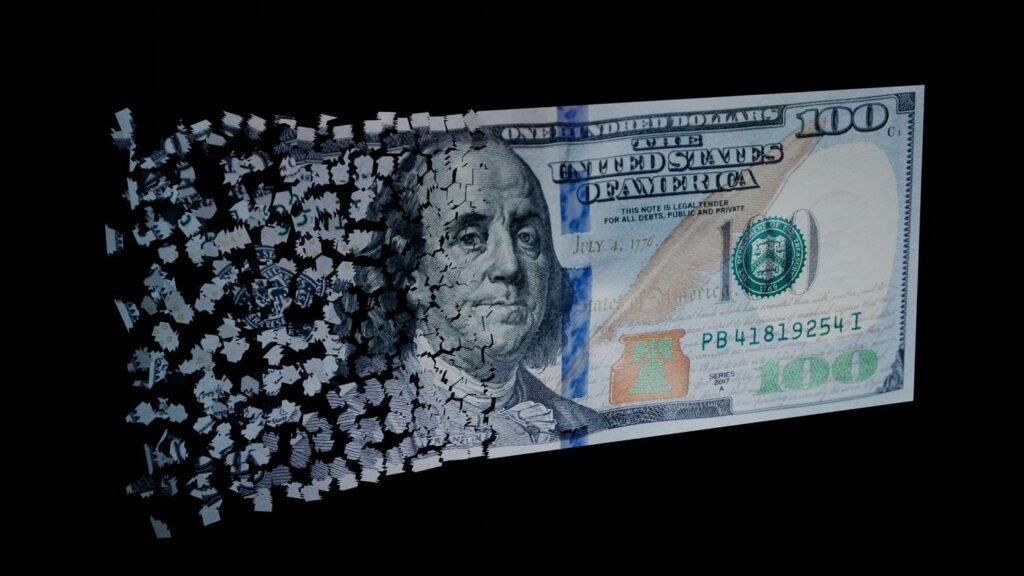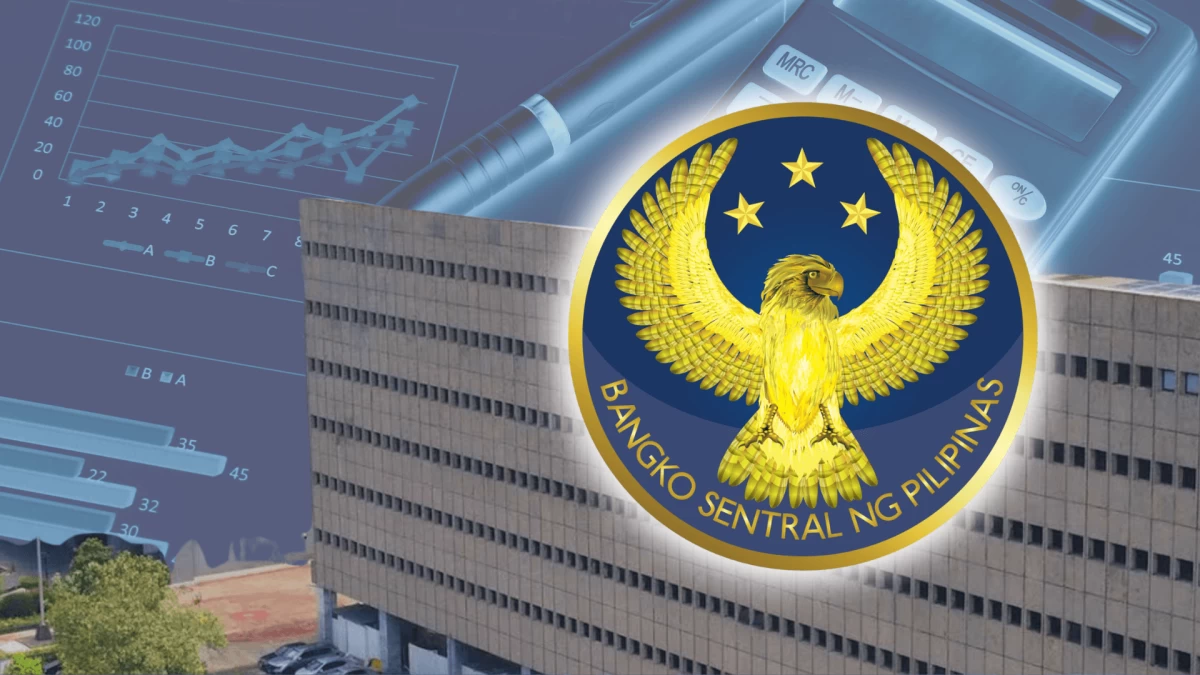De-dollarization describes a process of moving away from the world’s reliance on the U.S. dollar (USD) as the chief reserve currency. The dollar has remained the primary reserve currency and conduit for international business ever since the United States emerged as the world’s top economic power following World War II. But questions often emerge about whether the dollar can sustain its leadership.
Although the greenback is unlikely to lose its relevance in the near term, it’s worth looking at the potential trend of de-dollarization and consider what a decline in the dollar’s dominance might mean for the global financial system.
Key Takeaways
- De-dollarization refers to shrinking the influence that the U.S. dollar has on the economies of other countries.
- Even as countries aim to reduce their dependency, the dollar is still by far the most widely held reserve currency and remains essential for conducting international business.
- Backlash against the dollar has intensified as the U.S. flexes its economic muscle in response to the war in Ukraine.
What Is De-Dollarization?
For the better part of a century, the U.S. dollar has enjoyed an advantage as the world’s top reserve currency, held by central banks around the world to store value and conduct international business. According to data from the International Monetary Fund (IMF), the USD accounted for 59% of allocated currency reserves as of the first quarter of 2023, well ahead of the euro at just under 20% and the Japanese yen at around 5%.
Although there’s no doubting that it remains on top, the dollar’s share of allocated currency reserves has fallen over the past few decades, down from more than 70% in 2001. This decrease has led some experts to question whether we may be experiencing de-dollarization—a reduction in the world’s reliance on the dollar as its primary reserve currency.
How De-Dollarization Works
Countries that aim to reduce the influence of the dollar over their economy may adopt various approaches. To escape the shadow of the dollar, central banks need an alternative reserve currency that still allows them to shore up their local financial system and participate in international trade.
The key question then becomes: Which other currencies, if any, are suitable for central banks to hold as official reserves? The traditional alternatives to the dollar include the euro, the yen, and the British pound sterling. However, as the IMF notes, these currencies haven’t increased their share of reserve allocations in proportion with the dollar’s decline.
China has stepped in as a driver of de-dollarization, aiming to position its renminbi as a reserve currency. Although central banks have increased their renminbi holdings, the currency’s share of global reserves remains at just under 2.5%. The increase in renminbi reserves accounts for around a quarter of the decline in the dollar’s allocation, and Russia currently holds roughly a third of all reserves in the Chinese currency.
Amid doubts about the viability of the renminbi as a reserve currency—including China’s closed capital accounts and control over exchange rates—countries have been allocating reserves to currencies from smaller economies. Around three-quarters of the shift in reserves away from the U.S. dollar has gone toward nontraditional reserve currencies, including the Australian dollar, Canadian dollar, Swedish krona, and South Korean won.
Another alternative is for central banks to hold their reserves in gold, and countries around the world have been doing just that. According to the World Gold Council, central bank demand for gold in 2022 soared to 1,136 metric tons, up 152% year over year and hitting the highest level since 1950.
The Effects of De-Dollarization
Despite the decline in its share of overall central bank holdings, the U.S. dollar remains the preeminent reserve currency. It is difficult to quantify what a more sustained move away from the dollar might mean for the global financial system.
If the dollar were to lose its status at the top of the currency heap, the effects on the U.S. economy would likely be dramatic. Borrowing costs in the U.S. might move higher, making it more difficult to gain access to capital and more expensive to do business in the country. In a situation where the dollar is no longer king, the U.S. stock market may also experience a drain in value.
Perhaps more significantly, the U.S. has long depended on the dollar’s role as a reserve currency to support running large deficits on government spending and international trade. If central banks around the world no longer felt the need to stuff their coffers with dollars, then the U.S. would likely lose this flexibility.
Is De-Dollarization Happening Currently?
At least for now, the U.S. dollar retains its central role in the global financial system, but the trend of de-dollarization appears to be gathering steam. Discussion of de-dollarization has intensified because of the war in Ukraine. As the U.S. aims to inflict financial pain on Russia with sanctions and by freezing Russia’s currency reserves, the punitive power of the dollar is on display. This may be motivating other countries to look for ways around the U.S. currency.
Beyond shifting their reserves to gold or other currencies, countries are reducing their dollar dependency by sidestepping the U.S. currency in their international transactions. For instance, China has been paying for its massive commodities purchases from Russia using the renminbi rather than the dollar, and it also has signed deals to use its own currency in trade with Saudi Arabia and Brazil.
Speculation has emerged that the BRICS countries might even create a currency that could rival the dollar for world dominance, although it appears that the group has no immediate plans for a common currency.
Even so, the specter of de-dollarization could be growing as more countries question their dependence on the U.S. currency.
What Is an Example of De-Dollarization?
De-dollarization involves moving away from the U.S. dollar as a reserve currency or seeking ways to sidestep the dollar when conducting international business. Examples include a central bank shifting its reserves to other currencies or countries conducting international trade in their own currency rather than relying on the dollar as an intermediary.
How Does De-Dollarization Work?
Countries may seek to decrease their dependency on the dollar in several ways. Central banks can hold reserves in gold or other currencies rather than in dollars, while countries may also enter agreements to avoid using the dollar when settling international transactions.
What Are the Consequences of De-Dollarization?
Despite the backlash against it, the dollar remains the world’s most widely held reserve currency. Thus, it is difficult to speculate about the potential consequences of a more substantially de-dollarized world economy. For one thing, the U.S. would lose the advantages that have come with having the dollar as the world’s reserve currency.
What Are the Benefits of De-Dollarization?
De-dollarization could help level the playing field for economies outside the U.S. However, countries also depend on having a stable currency to hold in reserve and conduct international business. At least in the near term, there appears to be no viable replacement for the dollar at the heart of the global financial system.
What Are the Causes of De-Dollarization?
De-dollarization could be viewed as a backlash against the hegemony of the U.S. currency. The U.S. has used the dominance of the dollar as a tool to promote and enforce its economic interests around the world, causing other countries to look for ways to step around the currency.
The Bottom Line
De-dollarization, which involves reducing the sway that the dollar holds over the global economy, has some notable proponents, including the presidents of China and Brazil. Although the dollar remains entrenched as the world’s top reserve currency and a necessary ingredient for almost any type of international business, history gives us a reason (just ask the British pound) to believe that the dollar’s dominance won’t last forever.







